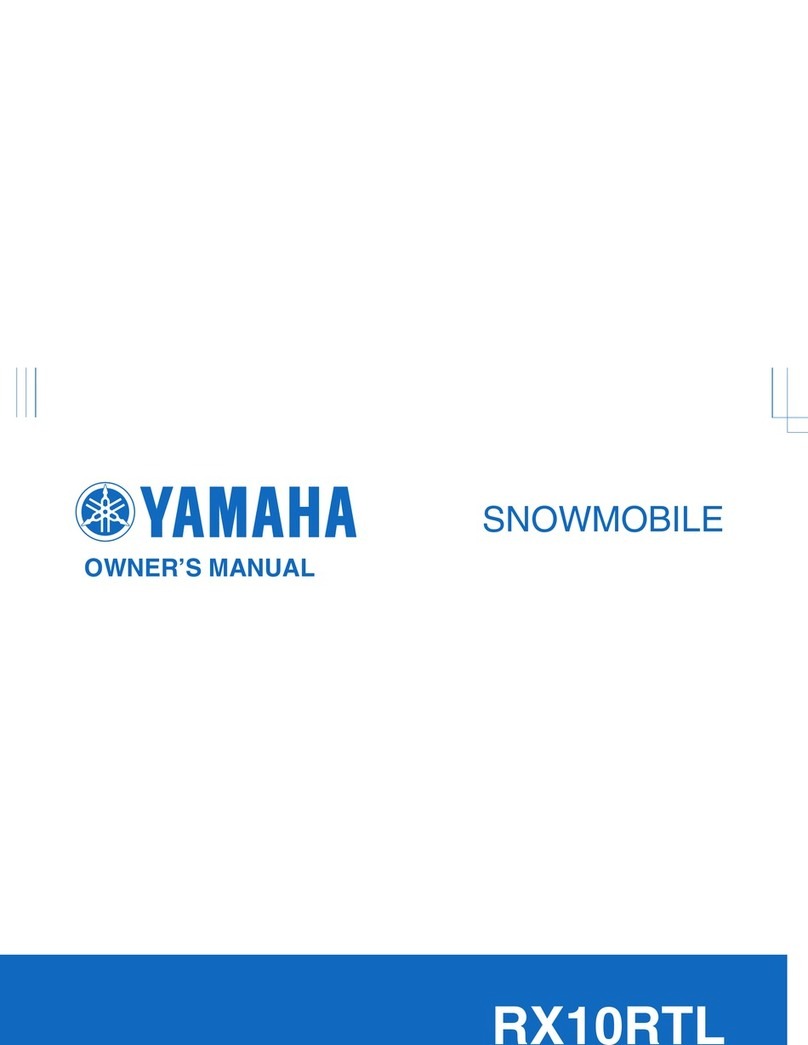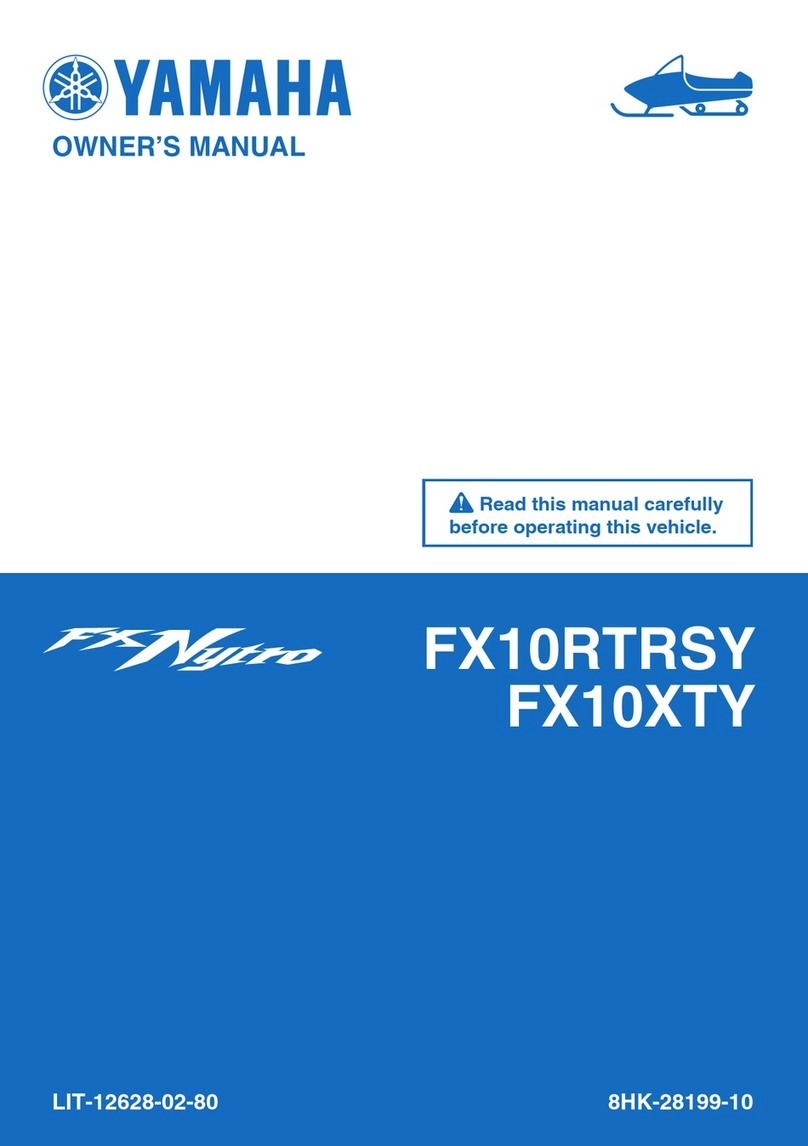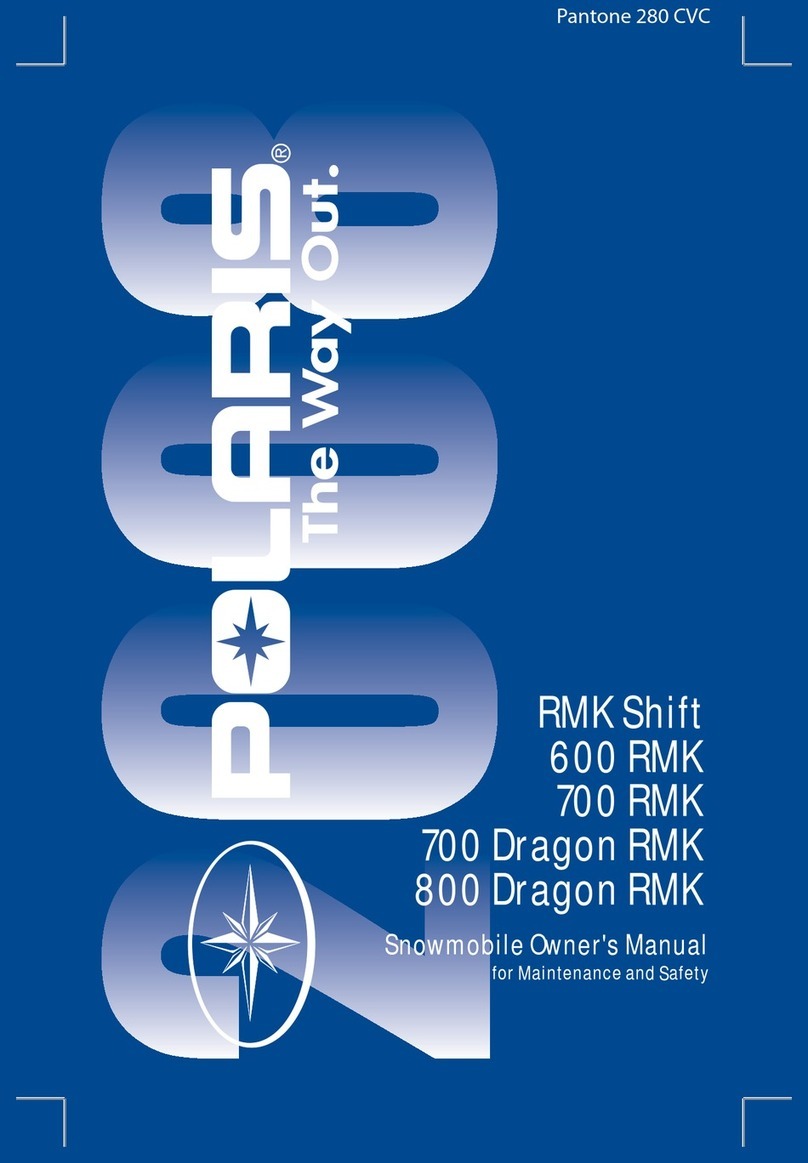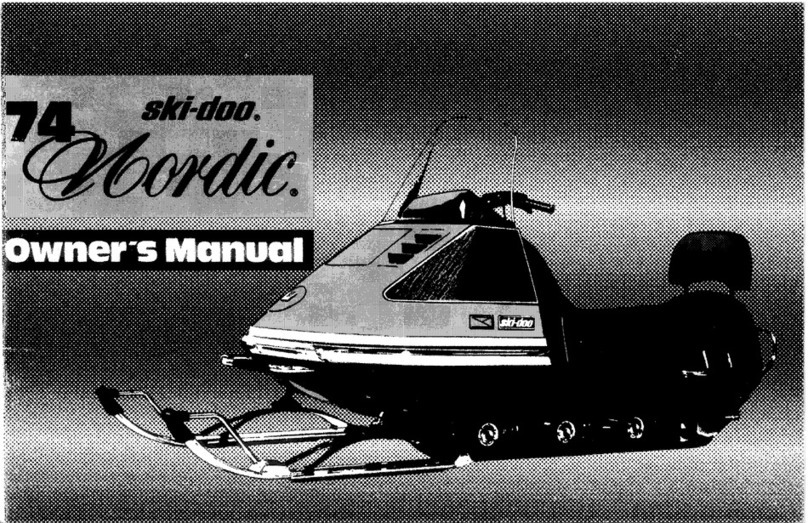Yamaha Phazer Venture Lite PZ50MTA 2011 Manual
Other Yamaha Snowmobile manuals
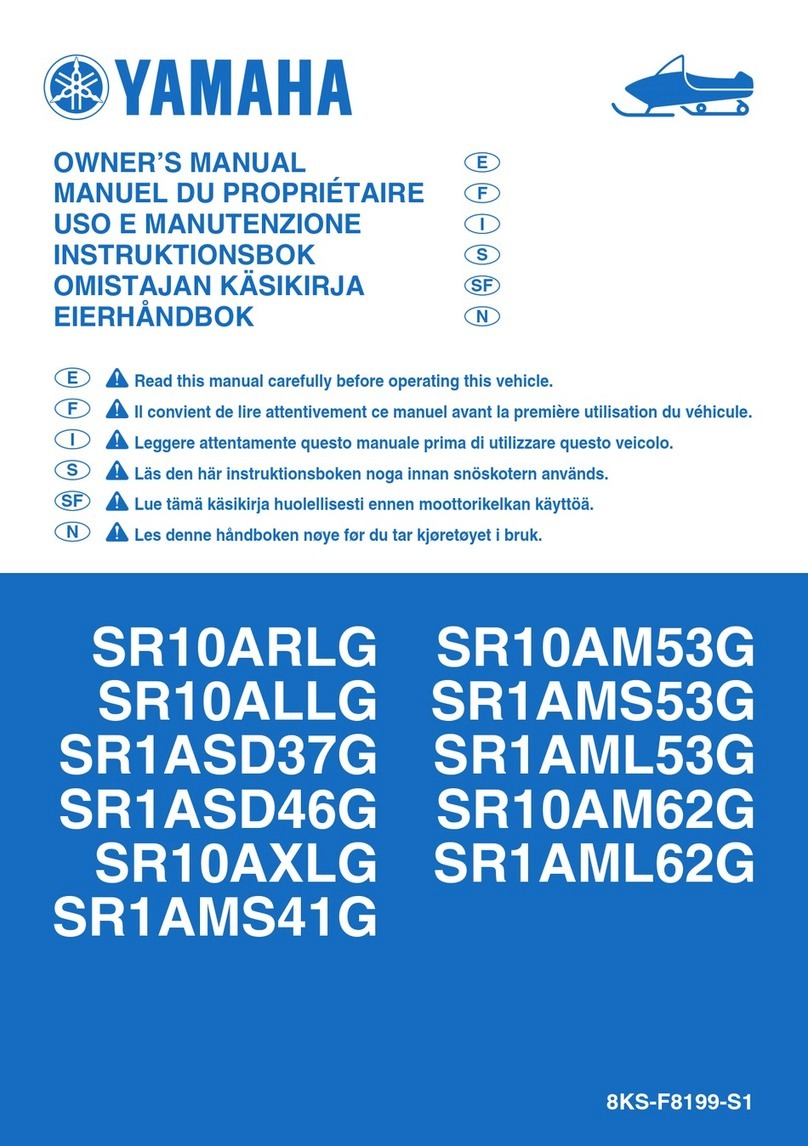
Yamaha
Yamaha SR10ARLG User manual
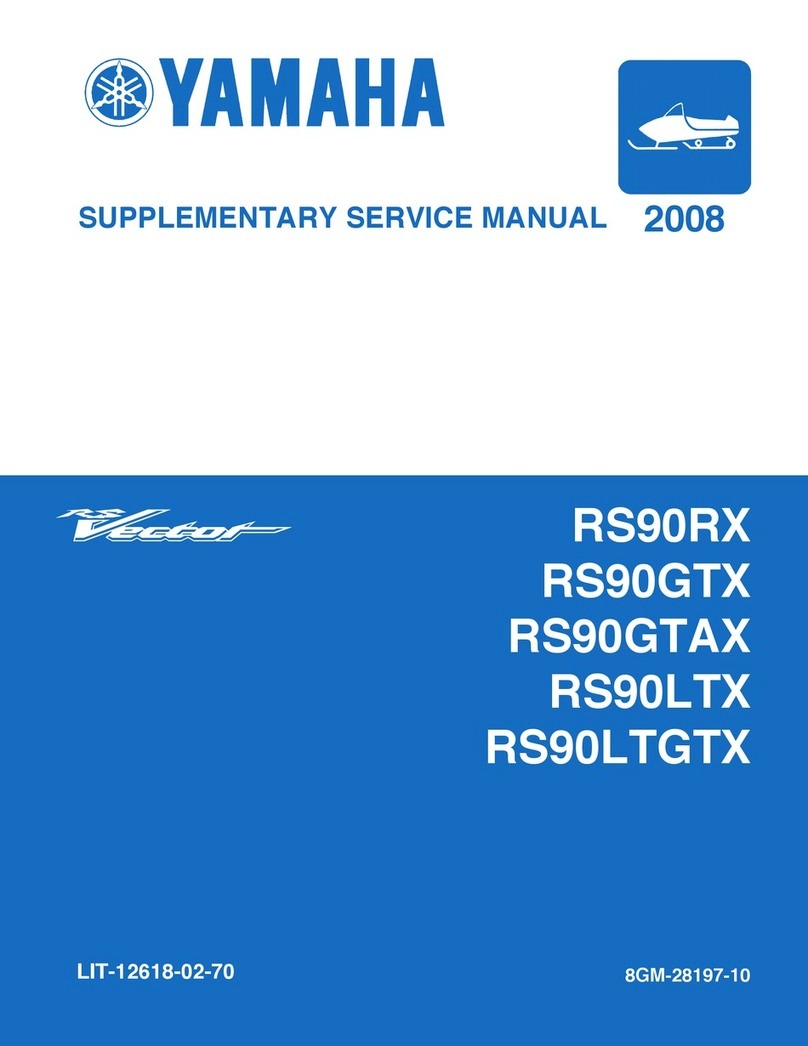
Yamaha
Yamaha Vector RS90RX 2008 Manual
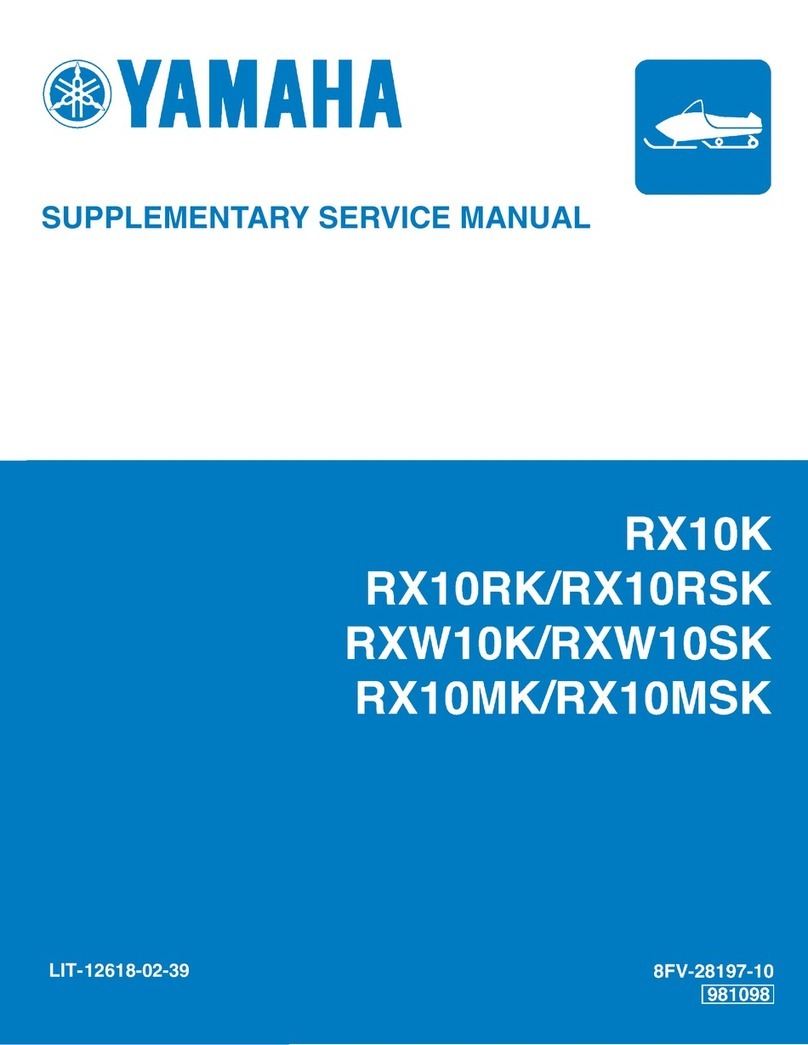
Yamaha
Yamaha RX10K Manual
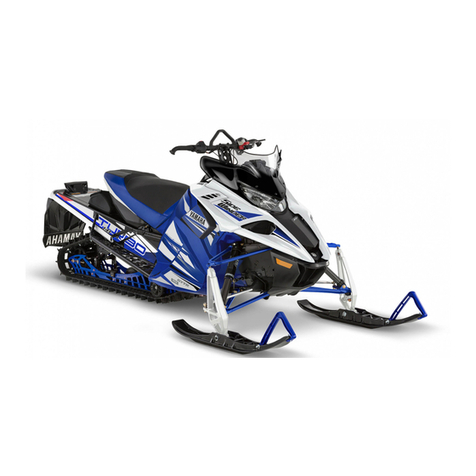
Yamaha
Yamaha SRS10ML53 User manual
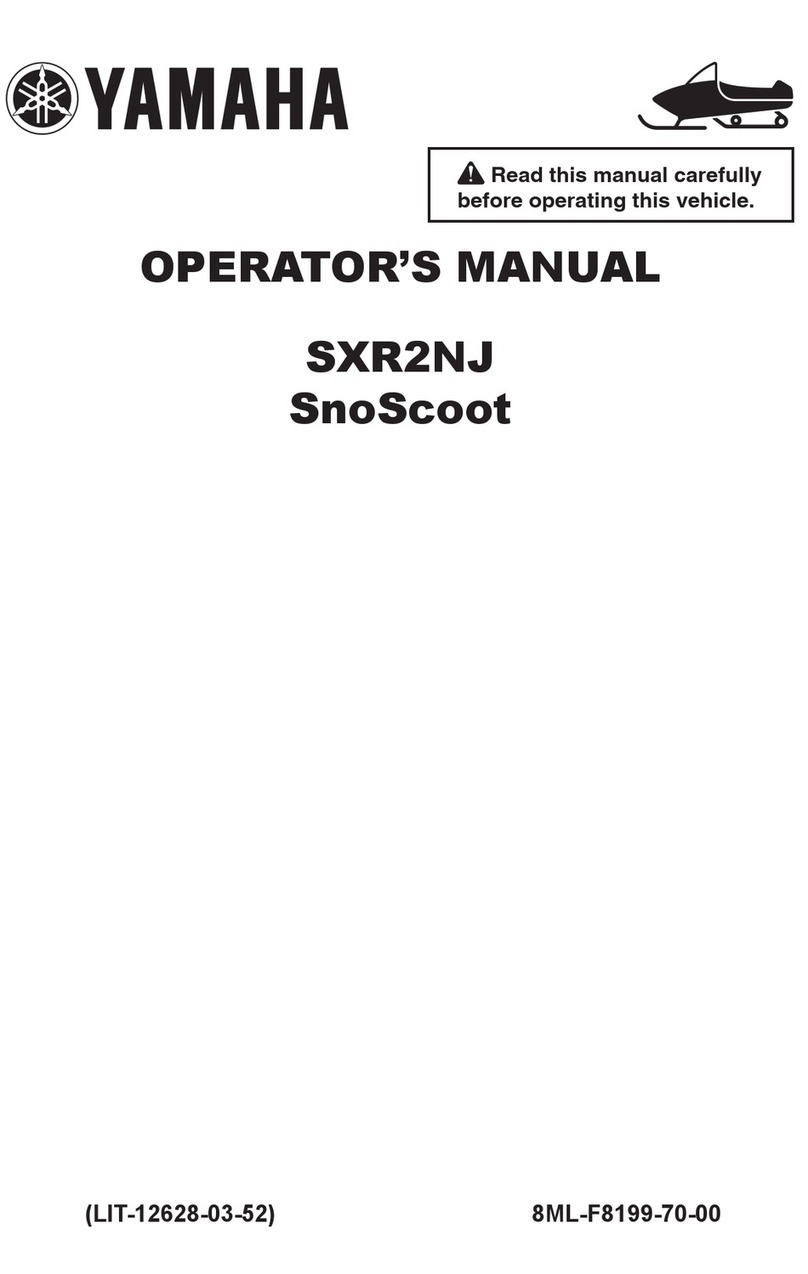
Yamaha
Yamaha SnoScoot SXR2NJ User manual

Yamaha
Yamaha RX10LTGTYL User manual
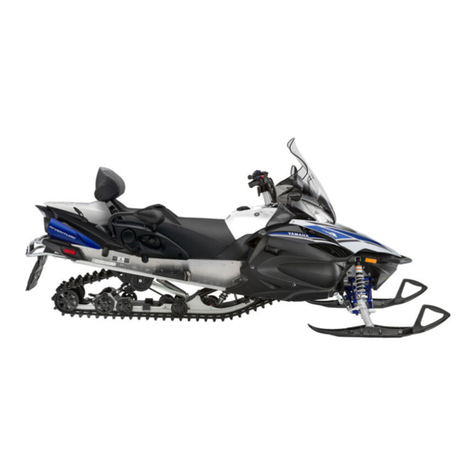
Yamaha
Yamaha RST90G User manual

Yamaha
Yamaha PZ50W User manual
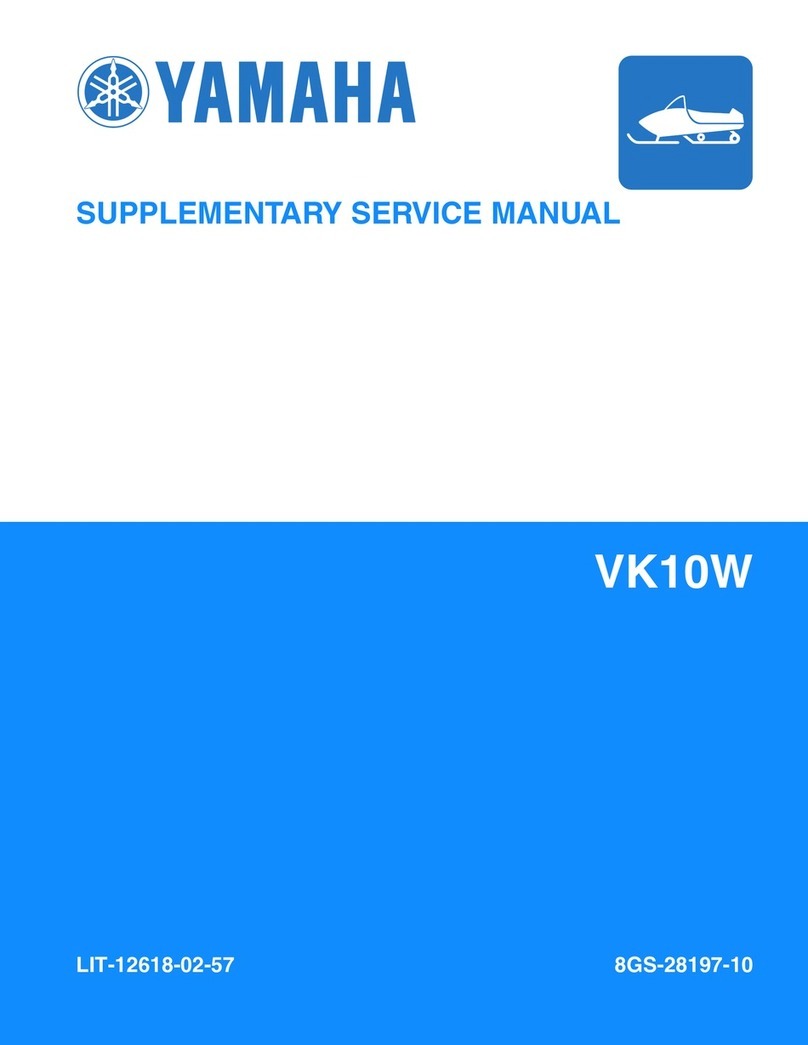
Yamaha
Yamaha VK10W Manual
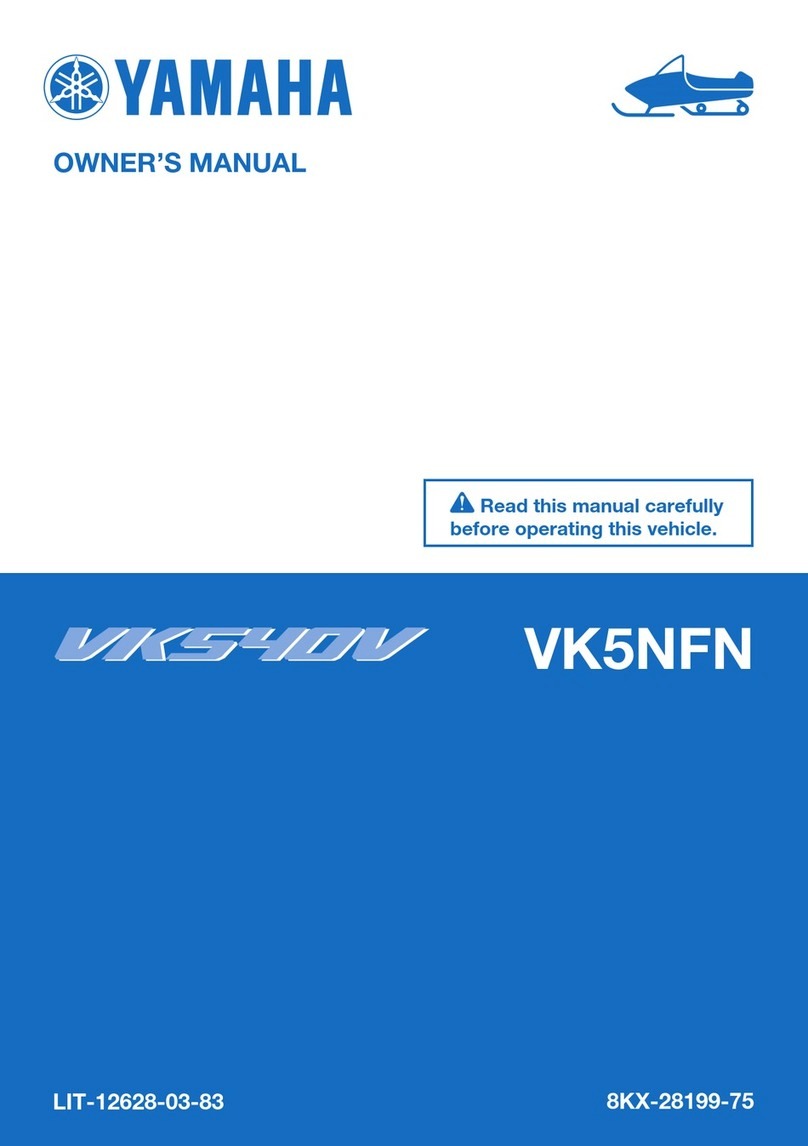
Yamaha
Yamaha VK540V User manual
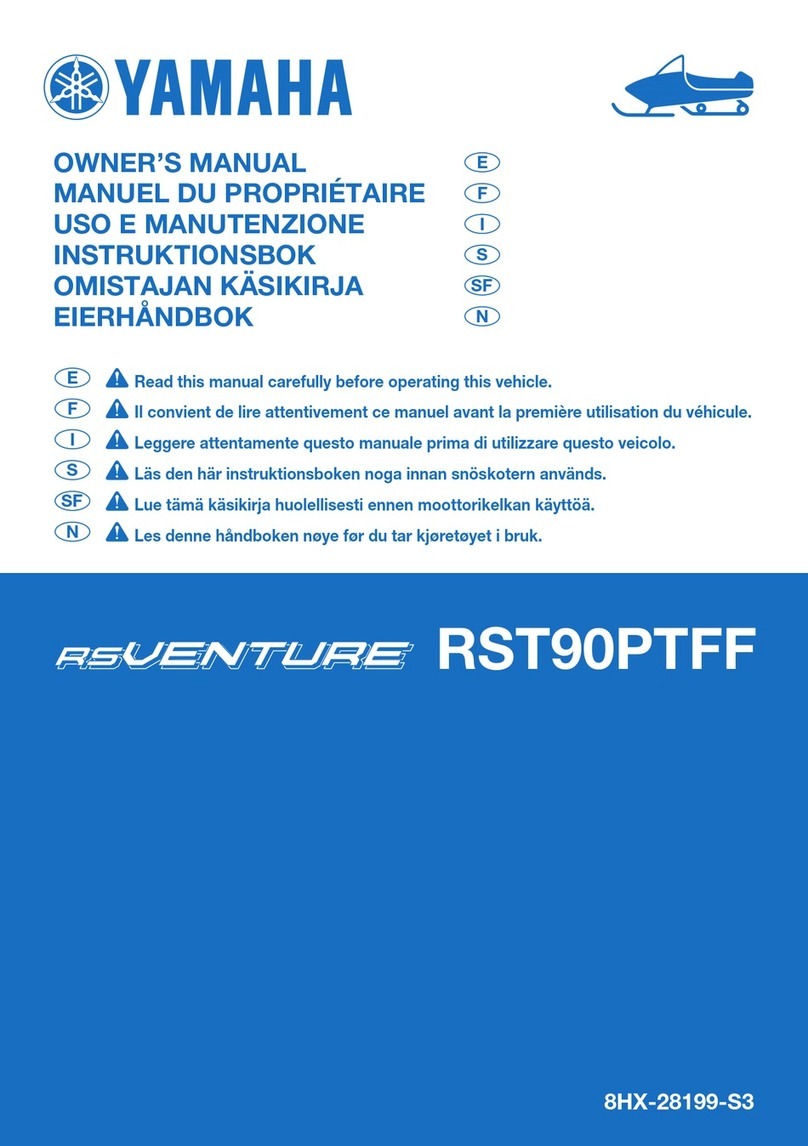
Yamaha
Yamaha RS VENTURE 2014 User manual

Yamaha
Yamaha VT500A User manual
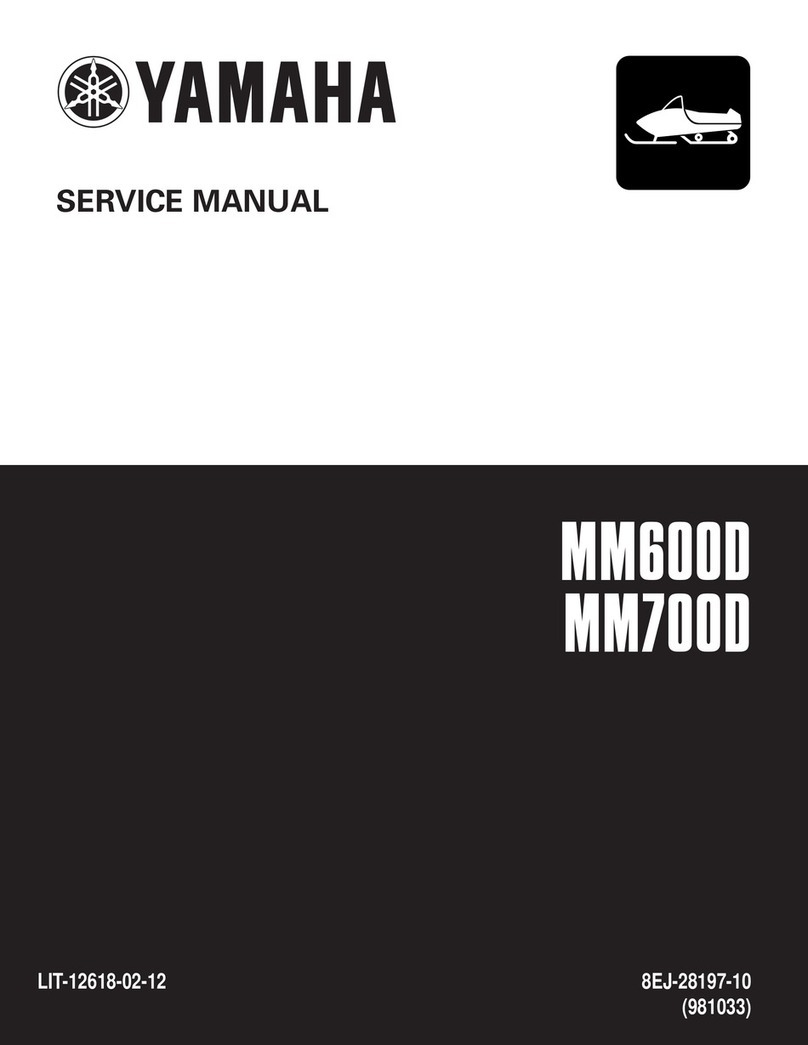
Yamaha
Yamaha MM600D User manual

Yamaha
Yamaha VK PROFESSIONAL-II 2016 User manual

Yamaha
Yamaha MM700F User manual

Yamaha
Yamaha VX500C User manual

Yamaha
Yamaha FX Nytro FX10X User manual

Yamaha
Yamaha VX600ERG 2001 User manual

Yamaha
Yamaha PHAZER PZ50X Manual
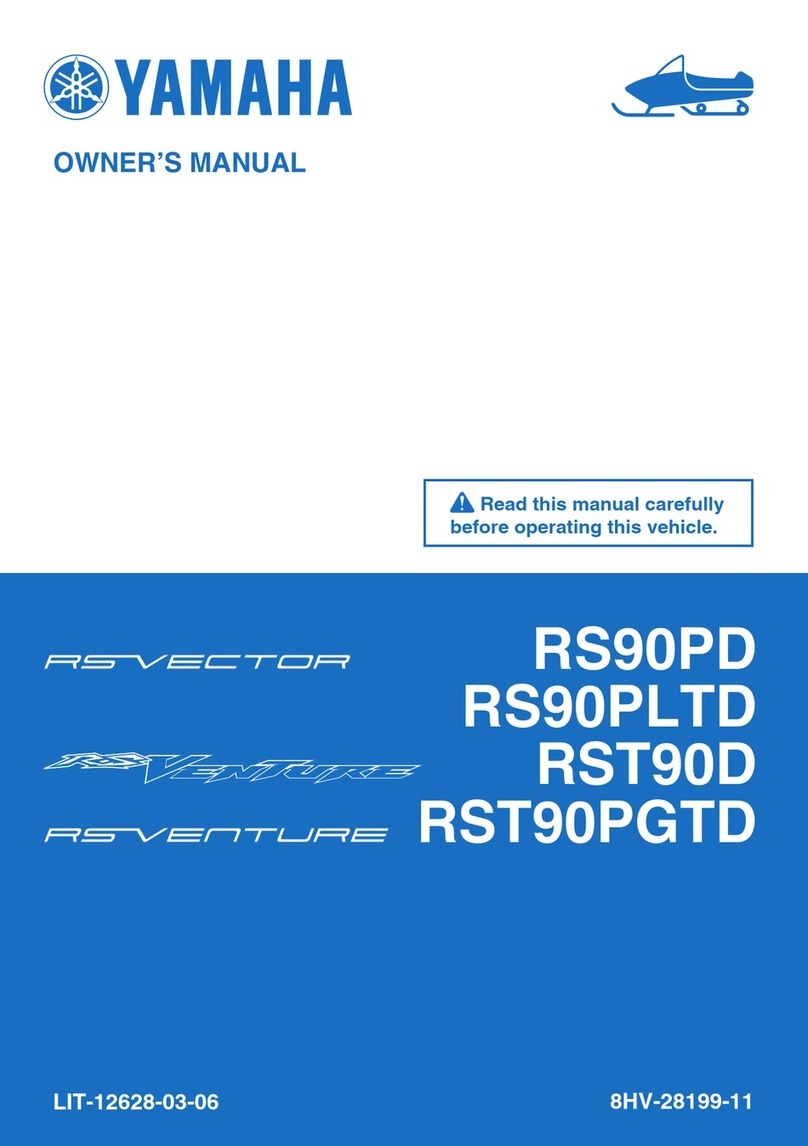
Yamaha
Yamaha RSVECTOR User manual
Popular Snowmobile manuals by other brands
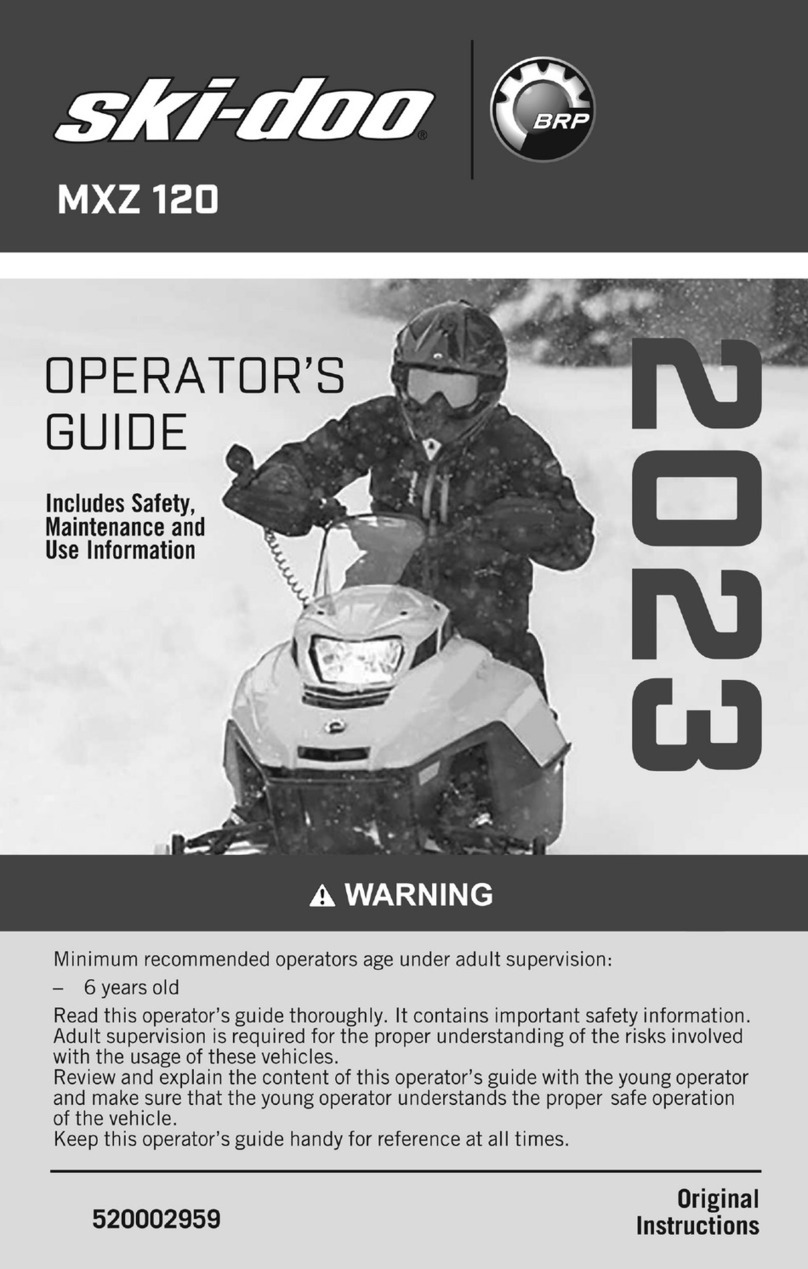
BRP
BRP Ski-Doo MXZ 120 2023 Operator's manual

Arctic Cat
Arctic Cat ZR 900 Series 2006 Operator's manual

Arctic Cat
Arctic Cat Wildcat EFI Mountain Cat 1994 Service manual
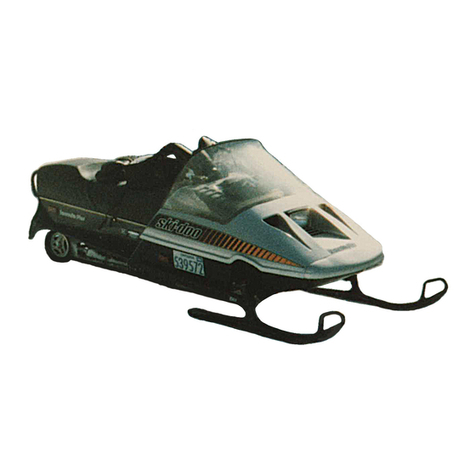
Ski-Doo
Ski-Doo Formula Plus 1985 Operator's manual

BOMBARDIER
BOMBARDIER Ski-Doo Alpine 74 1959 owner's manual

Arctic Cat
Arctic Cat Cougar Service manual

Ski-Doo
Ski-Doo Blizzard 5500 1979 Operator's manual

Polaris
Polaris 600 RUSH 2013 Owner's manual for maintenance and safety

BOMBARDIER
BOMBARDIER Ski-doo MX ZX 440 Operator's guide
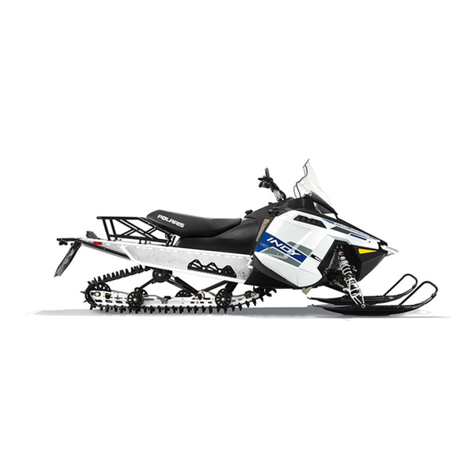
Polaris
Polaris 600 INDY VOYAGEUR owner's manual
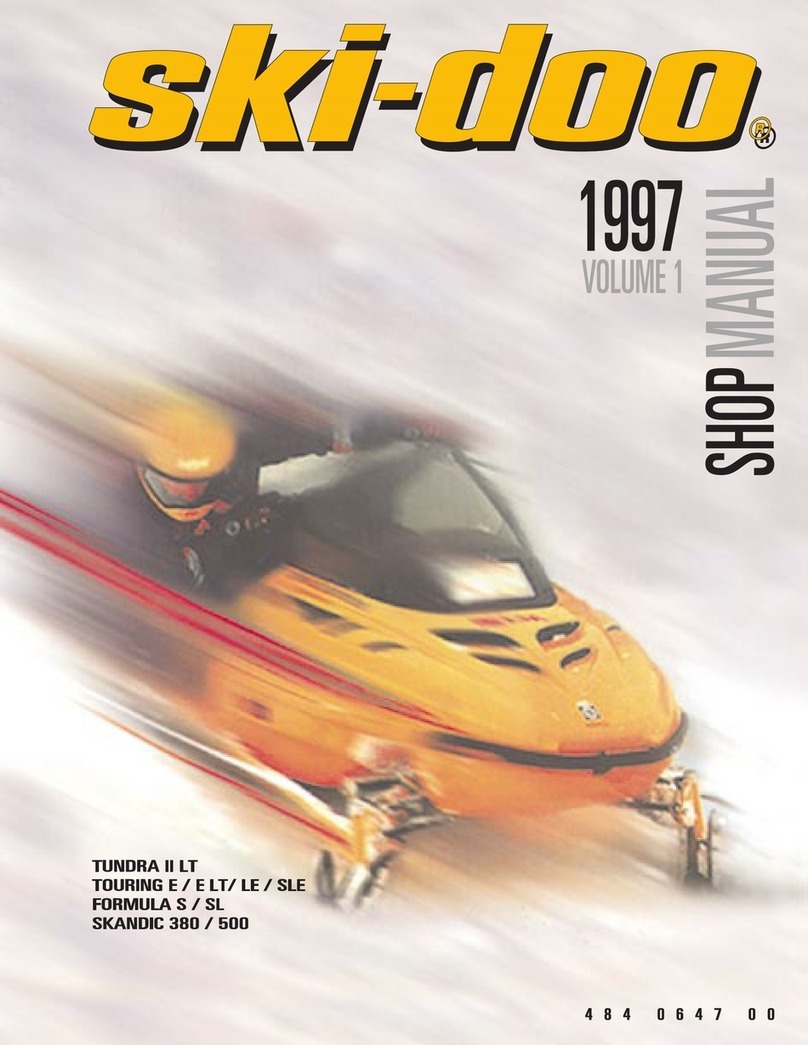
Ski-Doo
Ski-Doo Tundra II LT 1997 Shop Manual

BOMBARDIER
BOMBARDIER Elite 1981 Operator's manual
